Why Communication Between Parents and Schools Is Crucial for ABA Therapy
Unveiling the Role of Communication in Enhancing ABA Therapy Outcomes
Introduction to the Role of Communication in ABA Therapy
Communication between parents and schools is a cornerstone for the success of Applied Behavior Analysis (ABA) therapy, particularly for children with autism. As families and educational institutions form crucial alliances, the consistency of therapeutic strategies across various settings can have a profound impact on a child's progress and development. This article explores the myriad ways in which effective communication and collaboration between these key players contribute to the advancement of ABA therapy, drawing insights from parental involvement, the critical role of schools, and practical strategies for fostering productive partnerships.
Importance of Communication in ABA Therapy
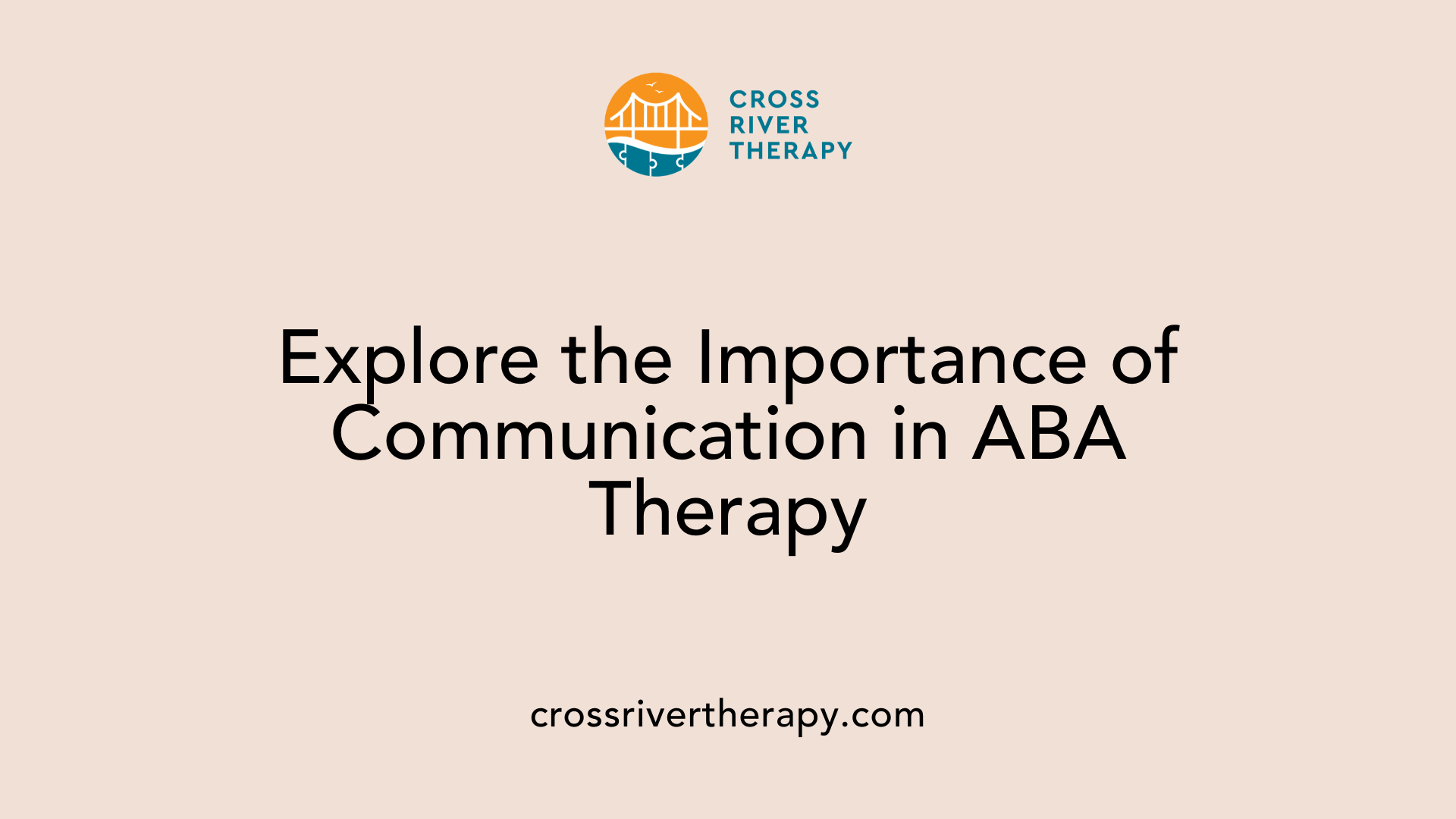
Consistency in Therapeutic Strategies
Consistency is essential for children undergoing ABA therapy, especially with the diverse environments they inhabit, such as home and school. By fostering open communication between parents and school staff, therapeutic strategies can be uniformly applied across different settings. This ensures that children receive consistent messages about expected behaviors and skills, which reinforces learning.
Tailored Interventions
Effective communication between parents and educators allows for the sharing of insights regarding a child's progress and challenges. This collaborative dialogue empowers both parties to work together in crafting tailored interventions that address the unique needs of the child. The parents can update therapists on the child’s behavior, while educators can provide feedback on how the strategies are working in a school setting.
Parent and Educator Collaboration
Collaboration between parents and educators is vital in ABA therapy. Parents who communicate regularly with their child's BCBA and school staff are better equipped to support their child’s development. For instance, they can track progress and align at-home strategies with those implemented in school. This partnership not only promotes consistency in behavior reinforcements but also enhances emotional support for the child. Parents gain confidence in advocating for their child's educational needs, ensuring that they receive the appropriate support to thrive both in therapy and in the classroom.
Enhancing ABA Therapy Through Parental Involvement
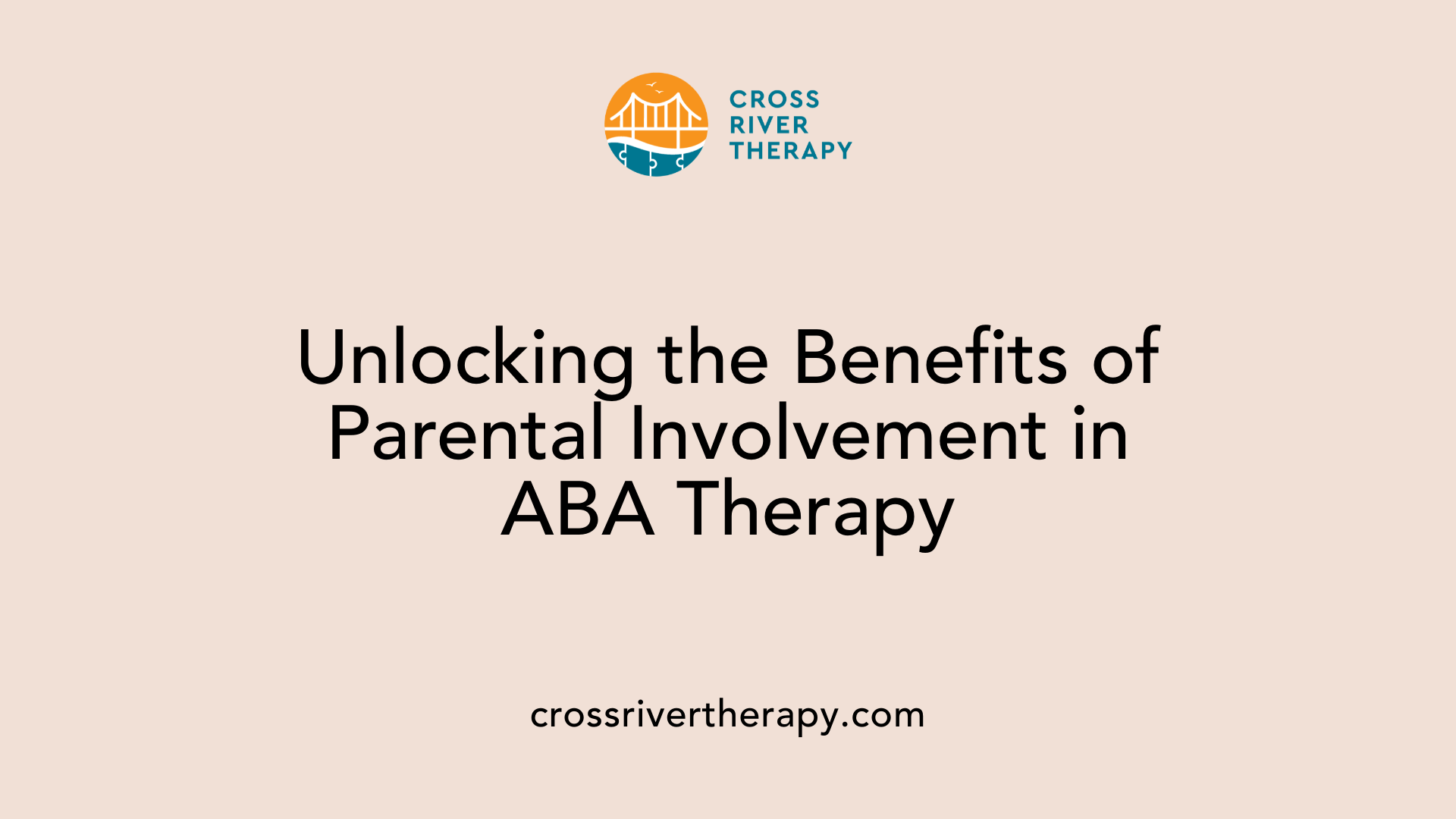
How can parental involvement enhance the effectiveness of ABA therapy?
Parental involvement can significantly enhance the effectiveness of ABA therapy in several ways. One of the primary benefits is the facilitation of skill generalization. When parents actively participate in therapy sessions, they learn how to apply the techniques discussed, ensuring that the skills learned in therapy can be used in everyday situations at home, school, or during social interactions.
Parents can also play a pivotal role in maintaining consistency. By implementing ABA strategies consistently at home, they create a structured environment that promotes effective learning. This alignment between therapy and home life enhances the child’s adaptability and strengthens the application of learned behaviors across multiple contexts.
Additionally, positive reinforcement from parents is crucial. Parents can reinforce desired behaviors by acknowledging and rewarding their child’s efforts, which helps establish that these behaviors are expected not only in therapy but in all settings. This reinforcement helps children internalize the skills they are learning, ultimately leading to meaningful progress.
Furthermore, regular communication with therapists allows parents to stay informed and adjust their strategies based on their child's evolving needs. By fostering a strong, trusting relationship, parents can advocate for their child’s continued growth and success, making them vital members of the treatment team.
The Power of Collaboration Between Key Stakeholders
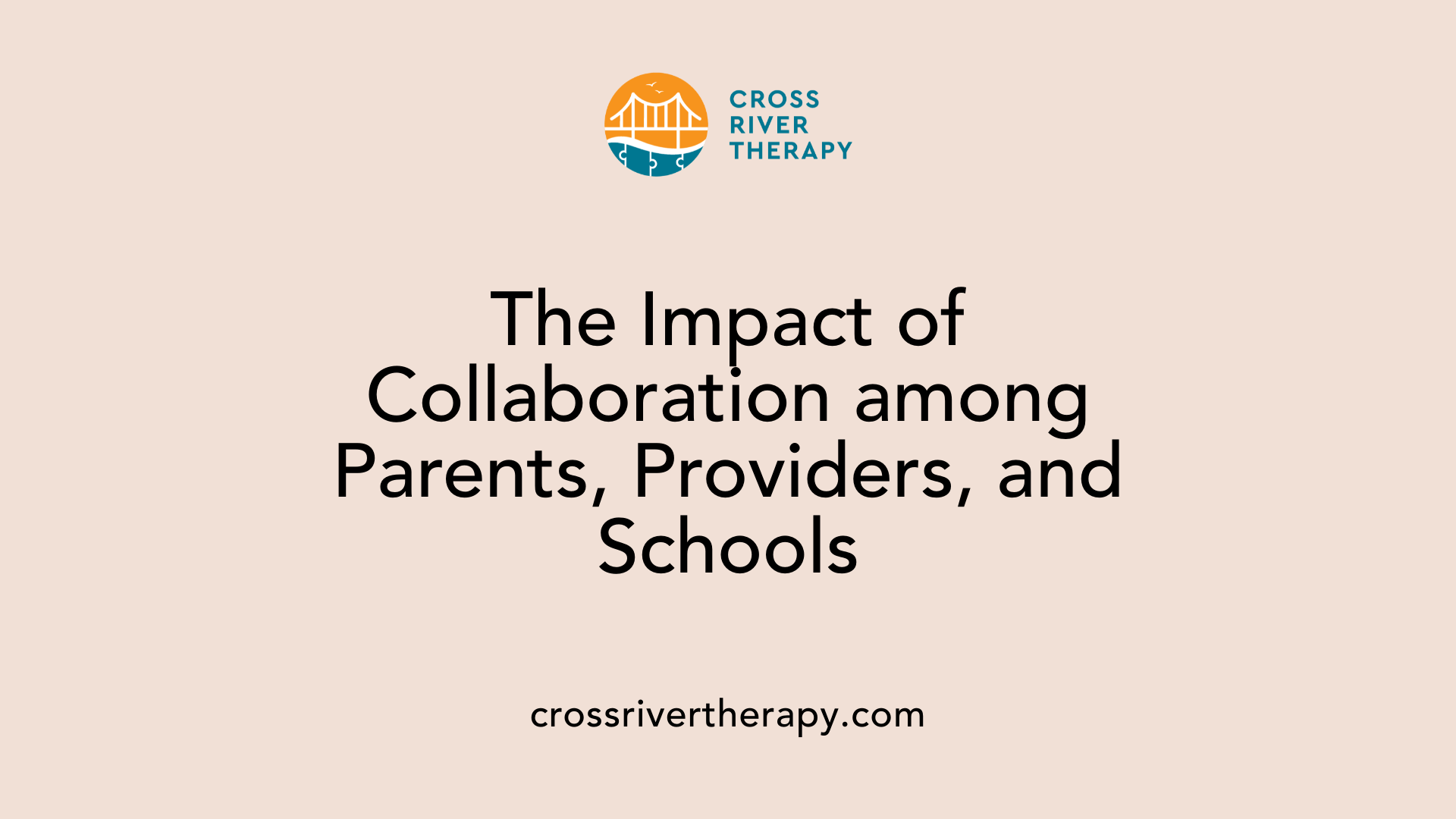
What insights are there into collaboration between parents, ABA providers, and educational institutions?
Collaboration among parents, ABA providers, and educational institutions is fundamental in meeting the distinct needs of children with autism. This partnership enhances communication, ensuring that everyone involved is informed about the child's progress and any challenges faced. By sharing insights, parents and teachers can align their approaches, making it easier for children to transfer skills learned in therapy to real-world situations.
- Effective Communication: Regular updates and clear channels allow for a seamless exchange of information. This dynamic helps all parties stay on track regarding the child's treatment goals and daily progress.
- Consistency in Behavior Strategies: Implementing similar behavioral strategies at home and in educational settings creates a cohesive environment for the child. This consistency reinforces targeted skills and behaviors, leading to more effective learning outcomes.
- Tailored Individualized Plans: By working together, parents and professionals can establish individualized education programs (IEPs) that reflect both therapeutic and academic objectives. This alignment ensures that therapy and educational goals are mutually reinforcing.
In addition, training sessions for school staff, facilitated by ABA providers, ensure that educators are equipped with the necessary strategies to support the child's learning. This multifaceted collaboration not only maximizes resources but also fosters stronger relationships among stakeholders, ultimately benefiting the child’s overall development.
Strategies for Effective ABA Communication
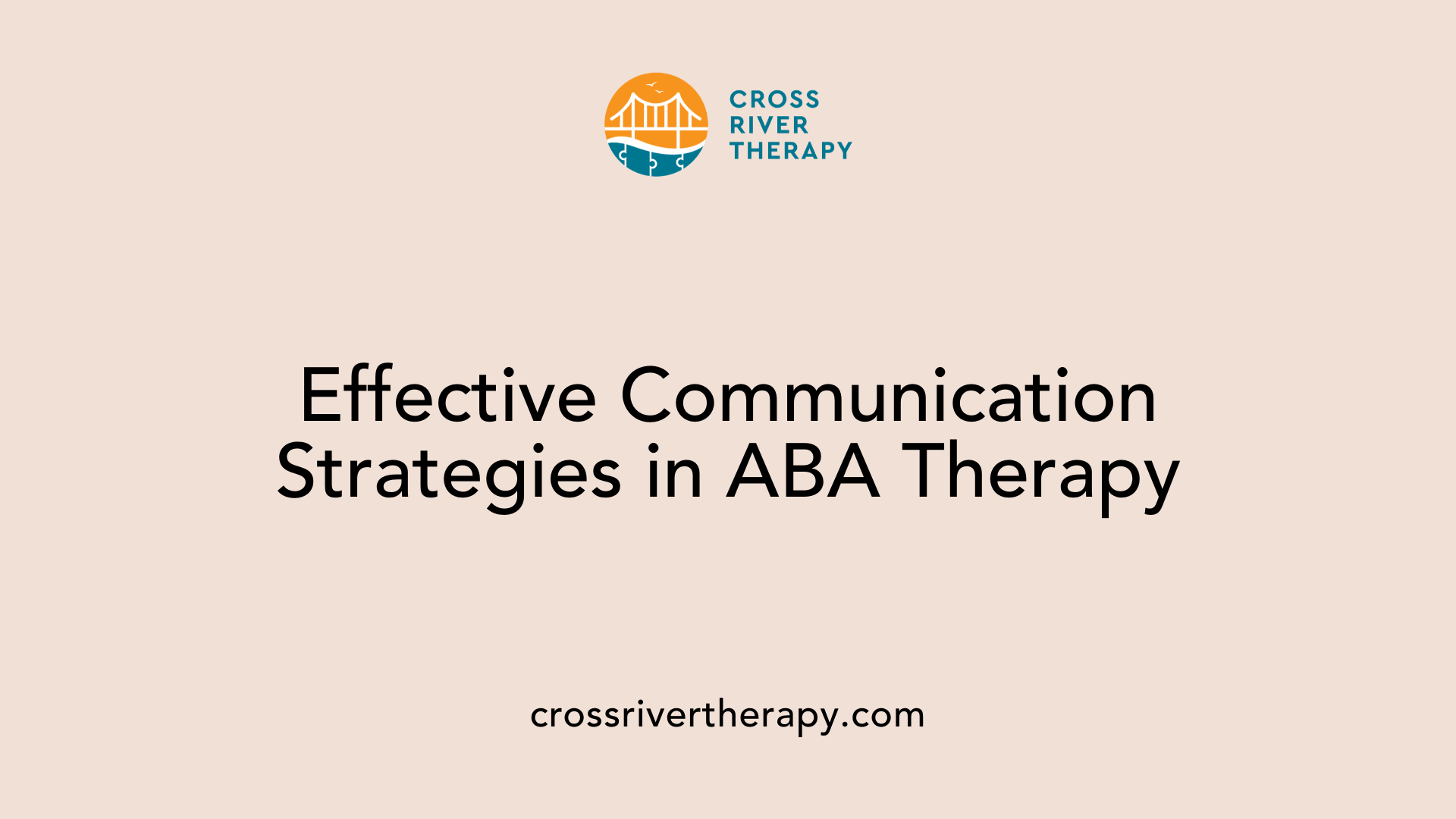
What are some practical tips for establishing effective communication strategies in the context of ABA therapy?
To establish effective communication strategies in ABA therapy, begin by developing individualized communication plans tailored to each child's unique needs. This involves assessing their strengths and challenges to create a targeted approach that fosters expressive and receptive communication.
Utilizing visual supports play a significant role. Items such as visual schedules, Picture Exchange Communication Systems (PECS), and social stories can drastically improve interaction. They cater to the strengths of children with autism, helping them better understand and manage their environment.
Engaging parents and educators is equally essential. Regular communication through therapy logs or mobile applications keeps everyone updated on the child’s progress and aligned with therapy goals. For instance, sharing data and successes fosters collaboration and encourages consistency in implementing strategies across home and school settings.
Additionally, incorporating verbal operants—such as mands (requests), tacts (labels), and intraverbals (conversational responses)—during sessions enhances functional language use. Positive reinforcement, such as immediate praise for communication attempts, further encourages children to engage effectively.
In summary, effective communication in ABA therapy hinges on tailored approaches, visual aids, and collaborative efforts between parents and educators, ensuring children receive consistent support that enhances their learning.
The Impact of Consistent Communication
Unified Approaches to Therapy
Consistent communication between parents, therapists, and educators fosters a unified approach to therapy. This collaborative effort ensures that all adults involved in a child's life are on the same page regarding therapy goals, strategies, and progress. By discussing the child’s specific needs and adapting therapeutic interventions together, caregivers can reinforce efforts across different settings, promoting a more holistic learning experience.
Progress Tracking
Effective communication allows parents to effortlessly track their child's progress. Regular updates from therapists about strategies and next steps enable parents to apply similar techniques at home, reinforcing what is learned in therapy sessions. This collaborative tracking not only helps identify areas needing more focus but also celebrates achievements and milestones, playing a crucial role in maintaining motivation.
Reducing Anxiety Through Routine
Establishing consistent routines through clear communication helps reduce anxiety for children. Predictable structures provide a sense of security, allowing them to concentrate on skill development without additional stressors. When children know what to expect, they can engage more actively in their learning experiences, facilitating smoother transitions between therapy and daily life.
| Aspect | Benefit | Example |
|---|---|---|
| Unified Approach | Consistent therapy goals across environments | Parents and teachers coordinating |
| Progress Tracking | Enhanced visibility of child's development | Regular updates on skills learned |
| Reducing Anxiety | Increased focus on learning due to predictable routines | Use of visual schedules |
Engagement in consistent communication paves the way for effective therapy outcomes, fostering both educational success and emotional well-being.
Family Engagement in ABA Therapy
What are the benefits of active family engagement in the implementation of ABA therapy strategies?
Active family engagement in the implementation of ABA therapy strategies is vital for numerous reasons. First, it ensures consistency across different environments, allowing children to apply the skills learned in therapy to various real-life situations. This integration is crucial for making sure therapy is not limited to sessions but becomes a part of everyday interactions.
Family members gain valuable insights into their child's unique needs by participating in therapy. This allows for a more tailored approach, enhancing the effectiveness of the strategies employed. Parent training is a critical aspect, providing caregivers with effective communication strategies specifically designed for their child's developmental needs. This structured training helps parents implement strategies consistently in their daily routines, reinforcing positive behaviors at home.
Additionally, a supportive environment is fostered through parental involvement. Open lines of communication between parents and therapists ensure that updated strategies and progress reports help maintain alignment in approaches. When parents actively engage in their child’s therapy, they significantly boost the likelihood of achieving meaningful and lasting progress.
The collaboration between families and therapists creates a unified approach, ultimately enhancing children’s learning and development. This combined effort leads to better long-term outcomes, as families become essential partners in their child's growth journey.
Supporting the IEP Through Collaborative Strategies
What strategies can help in fostering collaboration to support a child’s Individualized Education Program (IEP)?
To foster collaboration in support of a child’s IEP, engaging all stakeholders is essential. This includes parents, special education teachers, and general education teachers right from the start. When everyone is involved, it creates a holistic approach focused on the child's needs.
Regular Meetings
Scheduled collaboration meetings should be held regularly. These meetings benefit from having clear agendas and equal participation from all members, allowing for focused discussions on the child's progress. During these meetings, active listening is vital; it helps build trust and creates a positive environment where all perspectives are valued. Acknowledging achievements, even small ones, encourages a supportive atmosphere.
Adapting Plans to Student Needs
Documenting decisions made during meetings is crucial. It communicates these updates with parents, ensuring they feel included in the process. Additionally, plans should be adaptable to meet the evolving needs of the student, taking into account feedback from all stakeholders. Prioritizing professional development ensures that educators are well-equipped to support the child effectively, enhancing the overall collaborative effort.
The combination of these strategies can foster a robust partnership among all individuals involved in a child's education, thereby promoting meaningful progress in their IEP.
Building a Trusting Environment Through Communication
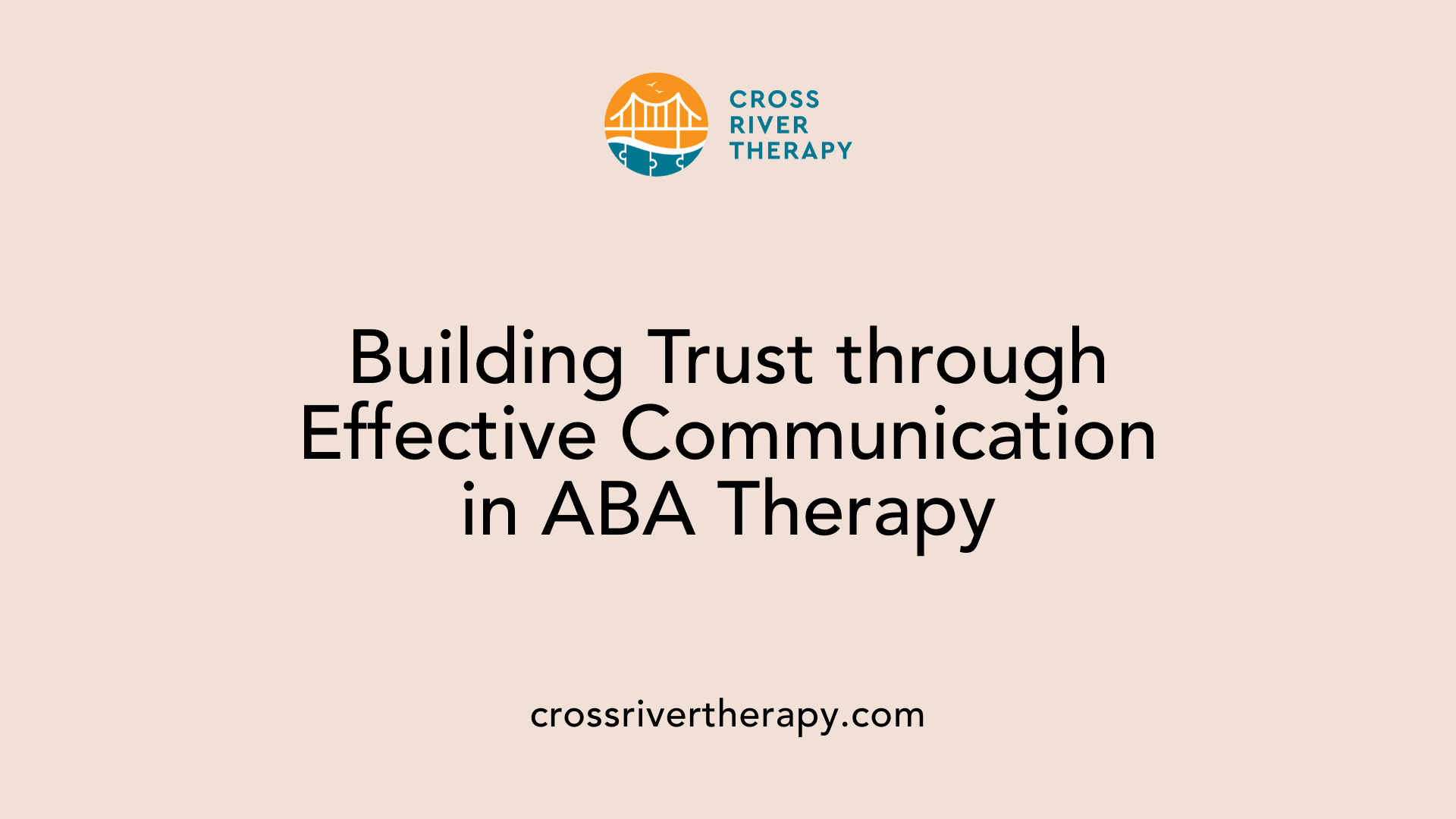
Developing Bonds with Therapists
Creating a strong bond between parents and therapists is essential for successful ABA therapy. This relationship fosters an environment where parents feel comfortable sharing concerns and insights about their child's progress. When parents collaborate with Board Certified Behavior Analysts (BCBAs), they become integral members of the treatment team, which enhances the therapeutic process.
Engaging Parents Actively
Active participation of parents leads to better communication strategies tailored to their child's unique needs. By engaging in therapy sessions, parents learn to reinforce strategies at home, ensuring consistency and facilitating the generalization of skills across various daily contexts. This hands-on approach helps create a supportive atmosphere that motivates children during therapy.
Creating a Unified Approach for Child Development
Open communication between parents and BCBAs is crucial for aligning therapy goals with educational objectives. Regular updates, addressing concerns, and progress monitoring allow parents to advocate for their child's needs effectively. By collaborating closely, therapists and parents can offer a cohesive support system that significantly enhances the child's learning and overall development.
The Way Forward in ABA Therapy Communication
In conclusion, the intersection of communication and collaboration between parents and schools in ABA therapy is pivotal for achieving the best possible outcomes for children with autism. By fostering strong alliances and ensuring consistency across environments, both parents and educators can make informed contributions to the child's development. The multi-faceted partnerships cultivated through effective communication strategies not only enhance the child's learning but also empower families and educational institutions to work seamlessly towards shared goals. As we continually refine these communication frameworks, the future of ABA therapy holds promise for advancing the well-being and education of children with autism.
References
- The Role of Parental Involvement in ABA Therapy
- Parental Role in ABA Therapy - Reinforcing Progress at Home
- The Role of Family in ABA Therapy: Tips for Parents
- How to Talk to Parents in ABA: Tips for BCBAs
- Understanding Your ABA Provider's Partnership with Schools
- Effective Communication Strategies for Parents of Children with Autism
- Collaborating with ABA Therapists: A Guide for Parents ... - Able Kids
- Understanding Your ABA Provider's Partnership with Schools
- Collaborating with ABA Therapists: A Guide for Parents ... - Able Kids
- Understanding Your ABA Provider's Partnership with Schools



